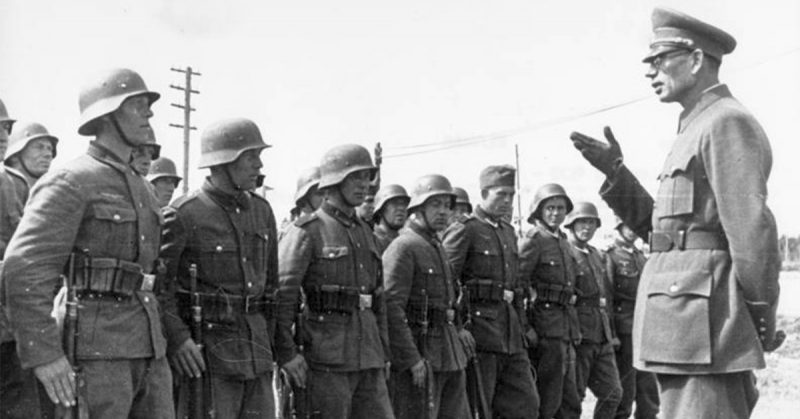I, as a faithful son of my Homeland, voluntarily join the ranks of the fighters of the Armed Forces of the Peoples of Russia. In the face of compatriots I swear, for the good of my people, under the general command of General Vlasov, to fight against Bolshevism to the last drop of blood.
This struggle is fought by all freedom-loving peoples in alliance with Germany, under the command of Adolf Hitler. I swear to be faithful to this union. In fulfillment of this oath, I am ready to give my life.
This is the text of the military oath which until January 28, 1945 was uttered by all the soldiers who joined the ranks under the former Red Army Lieutenant General Andrei Vlasov. Vlasov had been captured by the German army in June 1942, after which he began collaborating with the Germans.
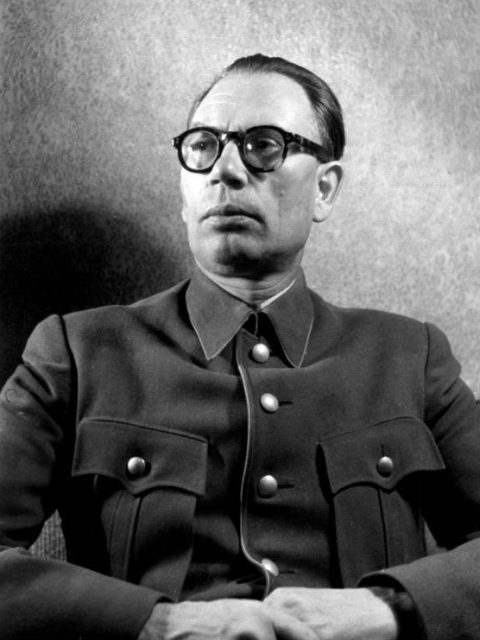
On December 27, 1942, Vlasov and General Baersky wrote the Smolensk Declaration, in which they asked the German command to organize the Russian Liberation Army (ROA).
The ROA was proposed to be a military formation consisting of Russian collaborators and had the vision of liberating Russia from the Soviet Communists and creating a Russian state.
From that point, soldiers of Russian nationality within the German army considered themselves to be servicemen of the Russian Liberation Army.
On November 23, 1944, the 1st Division of the ROA was formed following the formation, in Prague, of the Committee for the Liberation of the Peoples of Russia.
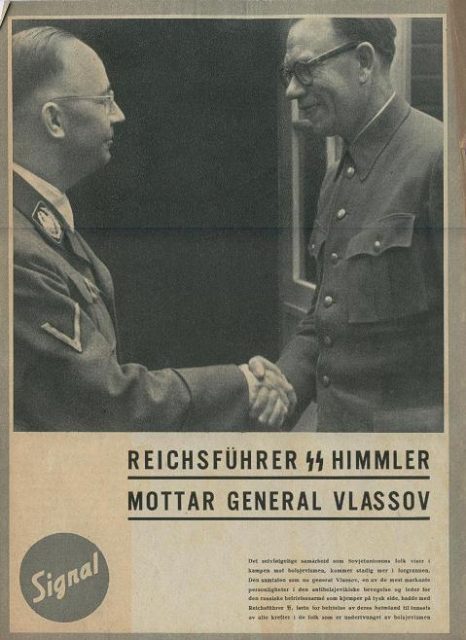
By creating this committee, Andrei Vlasov and his supporters took into account the imminent defeat of Germany which, according to their calculations, was to take place at the end of 1945.
Their goal was to create a strong army to become the “third force” to enter into the inevitable conflict between the USSR on one side and Great Britain and the USA on the other.
Later, more formations were created that included other collaborator groups. At first they were used for security and in the fight against partisans in the occupied territories of the USSR.
The Ministry of Finance of the Third Reich served as the main source of funding for the ROA.
The money issued to maintain the Vlasov army was not included in the budget of the Third Reich, and was issued in the form of a loan that was to be repaid “as far as possible.” Despite receiving help from Germany, the ROA was actually legally separated from the Wehrmacht.
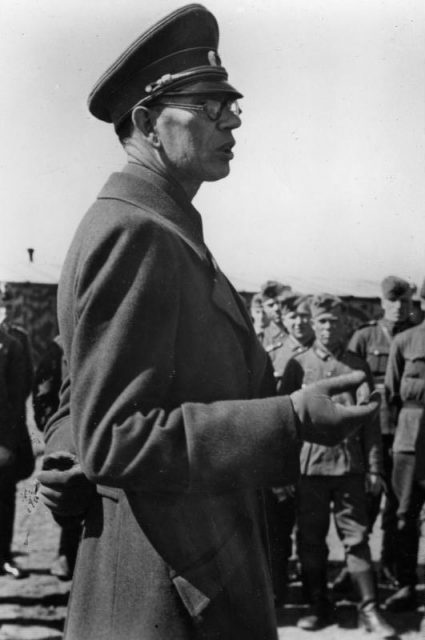
According to various estimates, the number of people in the ROA at different periods ranged from 120,000 to 200,000 people. It possessed all kinds of troops, including a small air force.
On February 9, 1945 the ROA first entered into combat against the 230th Infantry Division of the Red Army. During the fierce assault, the soldiers under Vlasov managed to capture Neulewin, Kerstenbruch and the southern part of another village.
In addition, they discovered a masked battery of Soviet anti-tank guns ready for battle, and thereby saved the German soldiers with them from being killed.
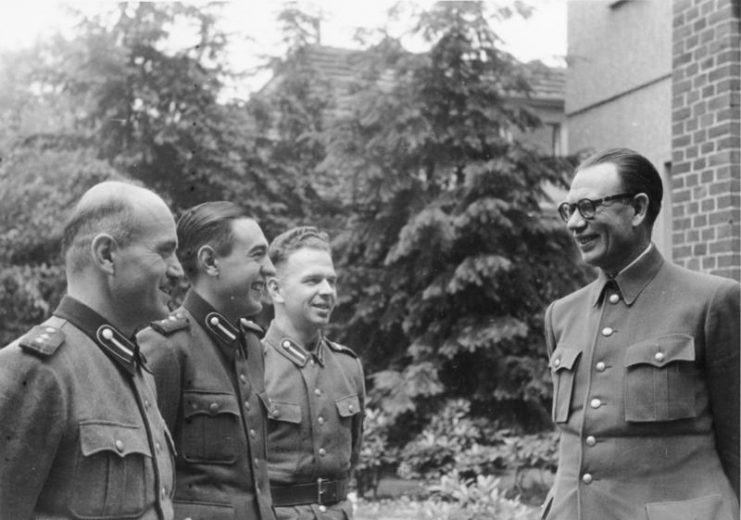
On March 20, the ROA received an order to seize and equip a bridgehead to ensure unimpeded passage of German ships on the Oder River. However, Vlasov’s soldiers failed to carry out a successful offensive, and they suffered serious losses.
The Germans used the ROA soldiers to perform complex missions, some of which failed. At the end of the fighting, the 1st Division of the ROA was transferred to the rear, and from there it moved towards the Czech Republic.
Soon the ROA leadership recognized the inevitable defeat of Germany.
In April 1945, they decided to withdraw from subordination to the German command and fight their way to the West to surrender to American troops led by General Patton.
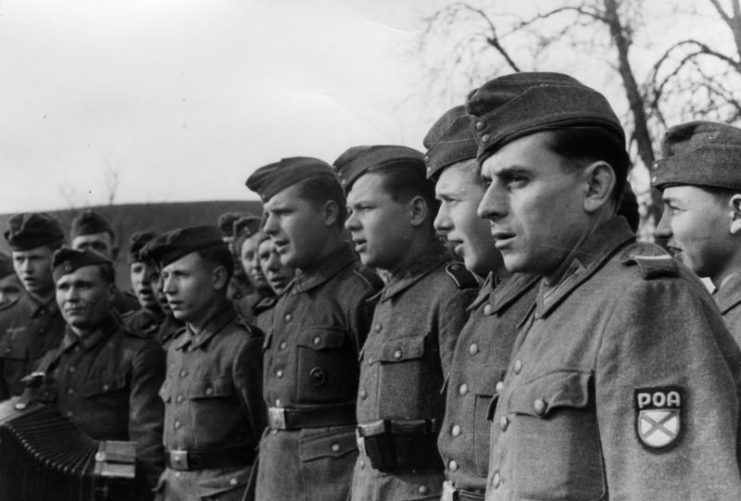
At about this time, the troops of the 1st Division had the opportunity to join the national Czech uprising. In early May, together with Czech partisans, the ROA 1st Division took part in the Prague Uprising against Germany, thereby practically freeing Prague before the approach of the Soviets.
According to some sources, after the occupation of Prague, Soviet troops killed the wounded soldiers of the ROA left behind in Prague hospitals right in their hospital beds. Thus the Red Army soldiers killed about 200 wounded soldiers. About 600 ROA troops were shot in total in the Prague area.
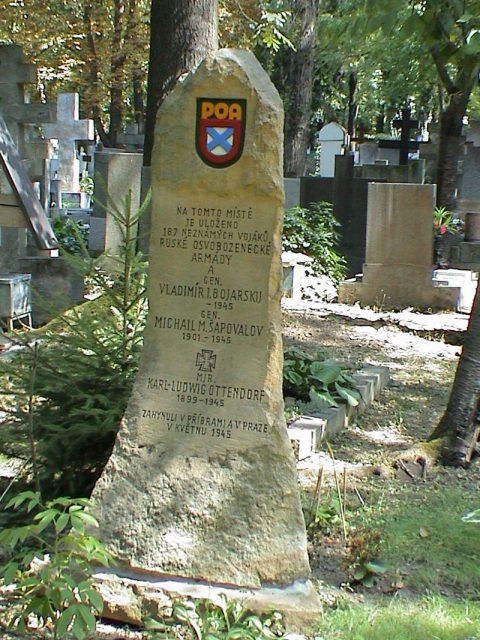
After the end of hostilities in Europe, about two-thirds of all members of the ROA who had managed to escape from the USSR were handed over to the Soviet authorities.
However, some still managed to avoid a forced return to the USSR and they were saved in Western countries.
In the Soviet Union, all the participants of the ROA were faced with severe punishments in the form of being sent to a gulag, or receiving the death penalty.
On August 1, 1946, General Vlasov and other generals–Trukhin, Zhilenkov, Malyshkin, Bunyachenko and Maltsev–were hanged at Butyrka prison.
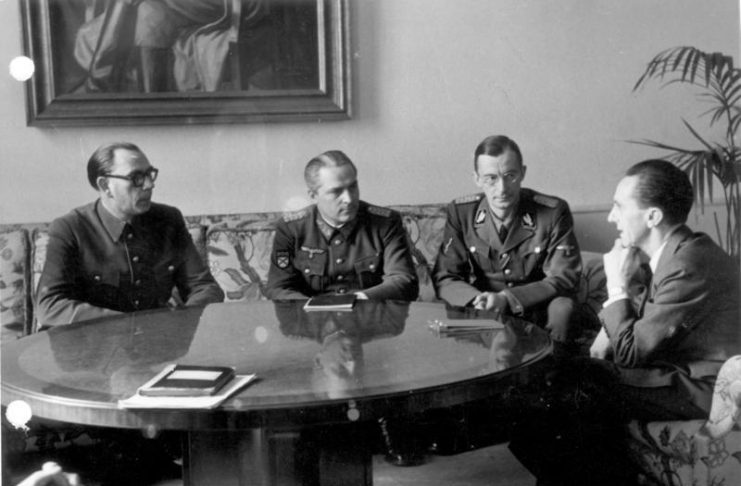
Read another story from us: Russian Audie Murphy – Mikhail Kuyukov: Hero of the Soviet Union
Supporters of Vlasov claim that he and his supporters were true patriots and were completely faithful to their homeland, but not to their government.
Opponents of Vlasov claim that he and his supporters were collaborators who were skillfully used by the Nazis for the purpose of propaganda and doing their “dirty” work.
